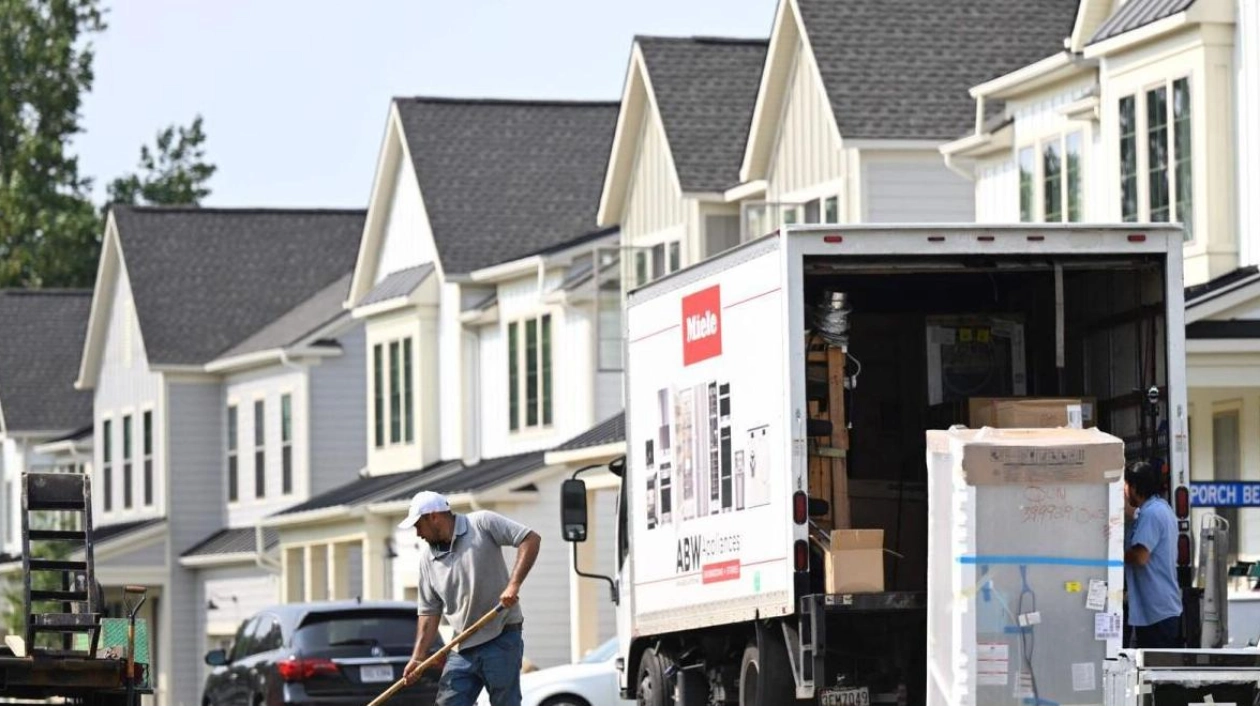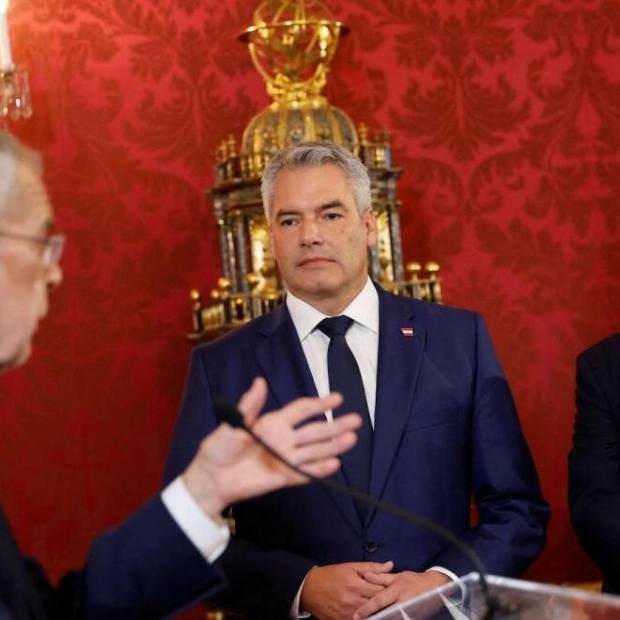The U.S. economy expanded more rapidly than anticipated in the second quarter, driven by robust consumer spending and business investment, despite a decline in inflation pressures. This scenario supports expectations for a Federal Reserve interest rate reduction in September. The Commerce Department's preliminary report on Thursday highlighted that growth was also fueled by inventory accumulation and increased government expenditures. Conversely, the housing market showed a downturn, slightly impeding economic progress, and the trade deficit widened, negatively impacting GDP growth. The report alleviated fears of an abrupt end to the economic expansion, which had been fueled by a lackluster first quarter and April performance. The U.S. economy continues to outpace its global counterparts, despite significant rate hikes by the U.S. central bank in 2022 and 2023, due to a resilient labor market.
Economist Christopher Rupkey of FWDBONDS commented, "Economic growth is solid, not too hot and not too cold. Inflation appears to be moving in the Fed's favor, and a relaxation of monetary policy with an interest rate cut is probable in September." The Bureau of Economic Analysis within the Commerce Department reported that gross domestic product grew at a 2.8% annualized rate in the second quarter, doubling the 1.4% growth rate in the first quarter. This exceeded the 2.0% growth rate predicted by economists surveyed by Reuters, with estimates varying from 1.1% to 3.4%. The average growth rate for the first half of the year was 2.1%, half the 4.2% rate recorded in the last six months of 2023, slightly exceeding the 1.8% non-inflationary growth rate considered by U.S. central bank officials.
Consumer spending, which constitutes over two-thirds of the economy, increased at approximately a 2.3% rate, following a slowdown to a 1.5% rate in the first quarter. This rise was supported by increased expenditures on services such as healthcare, housing, utilities, club memberships, and recreational activities. Additionally, consumers increased spending on goods including new light trucks, recreational items, furnishings, and durable household equipment. This spending was partially backed by wage increases. A separate Labor Department report indicated a steady easing of the labor market, with initial unemployment claims falling by 10,000 to a seasonally adjusted 235,000 for the week ending July 20.
Business investment saw an increase as spending on equipment, primarily aircraft, surged at an 11.6% rate, up from a 1.6% increase in the first quarter. Spending on intellectual property products continued to rise, albeit at a slower pace than the first quarter. Businesses also increased inventory accumulation, which contributed 0.82 percentage points to GDP growth, more than offsetting the 0.72 percentage point reduction from a wider trade deficit. Excluding inventories, trade, and government spending, domestic demand grew solidly at a 2.6% rate, matching the increase in final sales to private domestic purchasers from the first quarter.
Chris Zaccarelli, chief investment officer at Independent Advisor Alliance, stated, "The U.S. economy is much stronger than people realize, and markets worried about a growth slowdown should feel relieved." Stock markets on Wall Street showed mixed results, with the dollar weakening against a basket of currencies and U.S. Treasury prices rising. The increase in GDP growth suggests a potential boost in productivity, which could slow the rise in labor costs and price pressures. The core personal consumption expenditures (PCE) price index rose at a 2.9% rate, slightly above economists' expectations for a 2.7% increase, indicating a slowing trend in core inflation. The core PCE price index, one of the Fed's key inflation indicators, increased 2.7% from a year ago, signaling positive news for policymakers ahead of their upcoming two-day meeting.
The Fed has kept its benchmark overnight interest rate within the 5.25%-5.50% range for the past year, with financial markets anticipating three rate cuts starting in September. Despite the robust economic growth, the outlook for the second half of the year remains uncertain, with a slowing labor market potentially impacting wage gains. Adjusted for inflation and taxes, disposable household income increased at a slower 1.0% rate, prompting consumers to rely more on savings, which fell to 3.5% from 3.8% in the first quarter. Economists also anticipate that the full impact of the Fed's rate hikes is yet to be felt, with concerns about potential new tariffs and their impact on business imports if former President Donald Trump returns to office in the November election. Despite these challenges, a recession is not expected, with monetary policy easing anticipated this year.






